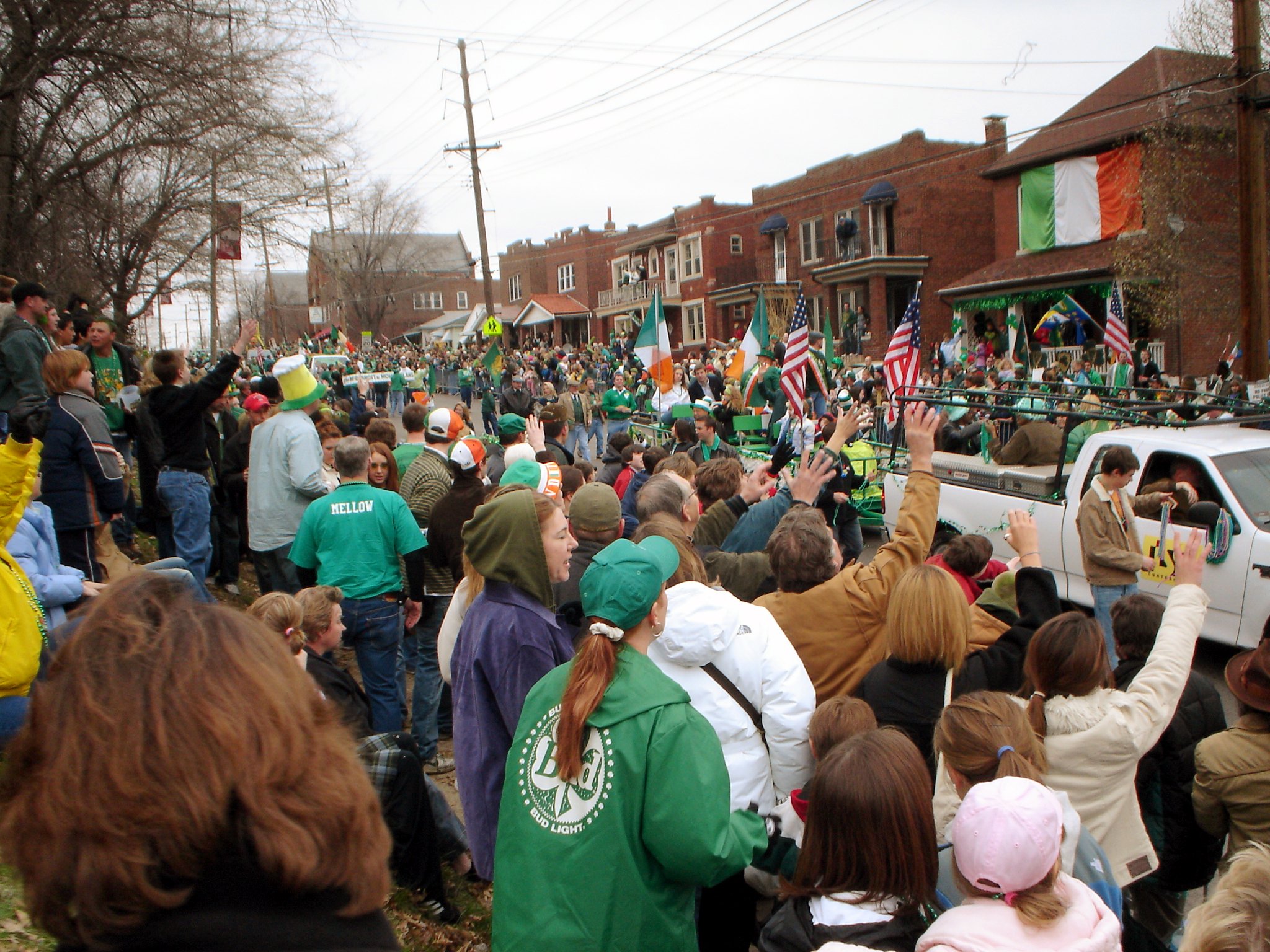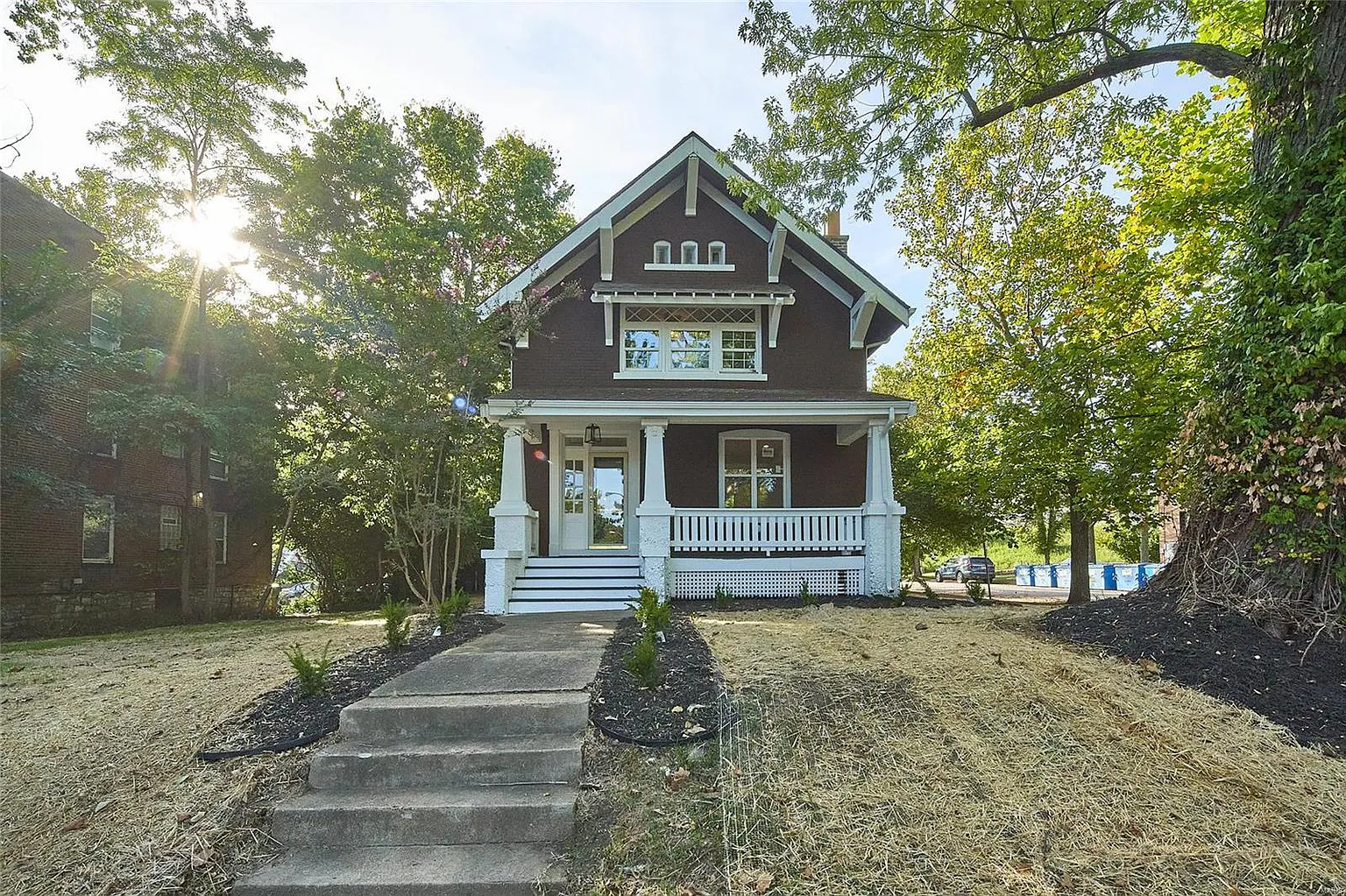
Nestled in the heart of St. Louis, Missouri, lies a charming neighborhood with a rich history and a unique moniker: Dogtown. With its tight-knit community, picturesque streets, and intriguing origins, Dogtown has become a beloved destination for locals and visitors alike.
In this article, we'll delve into the fascinating history of Dogtown, exploring its early beginnings, notable landmarks, cultural contributions, and its vibrant present. Whether you're a history enthusiast or a curious traveler, join us as we uncover the captivating story behind this iconic St. Louis neighborhood.
Dogtown's history can be traced back to the mid-19th century when a wave of Irish immigrants settled in St. Louis. These newcomers, predominantly from the County Kerry region, brought with them their rich culture and traditions, eventually giving birth to the close-knit community that Dogtown is known for today. The neighborhood's peculiar name has various theories, but it is widely believed to have originated from the numerous dogs that roamed the streets alongside their owners.
As Dogtown evolved, it transformed from a rural enclave to a thriving urban neighborhood. The construction of the nearby trolley line in the late 19th century played a significant role in this transformation, connecting Dogtown to downtown St. Louis and facilitating the area's growth.
Dogtown boasts several notable landmarks that have become synonymous with the neighborhood's identity. The St. James the Greater Catholic Church, an architectural gem, was established in 1903 and still stands as a testament to Dogtown's history. Another iconic site is the Forest Park Balloon Race, held annually since 1973, which draws crowds from near and far.
In 1896, a devastating fire swept through Dogtown, leaving much of the neighborhood in ruins. Despite this tragedy, the community rallied together, rebuilding and rejuvenating Dogtown. The resilience displayed during this challenging time exemplified the spirit that continues to define the neighborhood today.
Dogtown has made significant cultural contributions to St. Louis. The neighborhood is home to one of the largest St. Patrick's Day parades in the region, attracting thousands of attendees each year. This lively celebration reflects Dogtown's Irish heritage and showcases the community's spirit and pride.
Furthermore, Dogtown has nurtured a vibrant arts scene, with local galleries and studios showcasing the talents of resident artists. The annual Dogtown Art Fair, held since 1993, has become a beloved event, drawing art enthusiasts and collectors from across the city.
Present-day Dogtown continues to thrive as a tight-knit community that values its history and traditions. The neighborhood's tree-lined streets, charming architecture, and friendly atmosphere make it an appealing place to live and visit.
Residents actively participate in community events, including neighborhood cleanups, fundraisers, and social gatherings, fostering a strong sense of belonging. Dogtown's location near Forest Park, one of the largest urban parks in the United States, offers residents and visitors access to a range of recreational activities. From picnicking to cycling, the park provides a welcome respite from the hustle and bustle of city life.
Dogtown stands as a testament to the resilience of its residents and the vibrant culture that has shaped the neighborhood over the years. From its humble beginnings as an Irish immigrant community to its present-day status as a lively and close-knit neighborhood, Dogtown continues to captivate visitors with its history, landmarks, and strong community spirit.
Whether you're exploring the streets during the St. Patrick's Day parade, admiring the architecture, or savoring the local arts scene, Dogtown offers a unique experience that blends the past with the present. So, next time you find yourself in St. Louis, make sure to visit Dogtown and immerse yourself in the rich tapestry of its history.




Choose available dates for your request. We'll review your request within 24 hours.